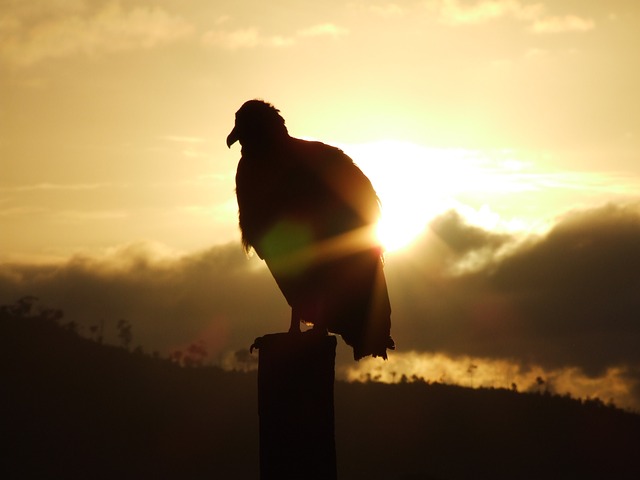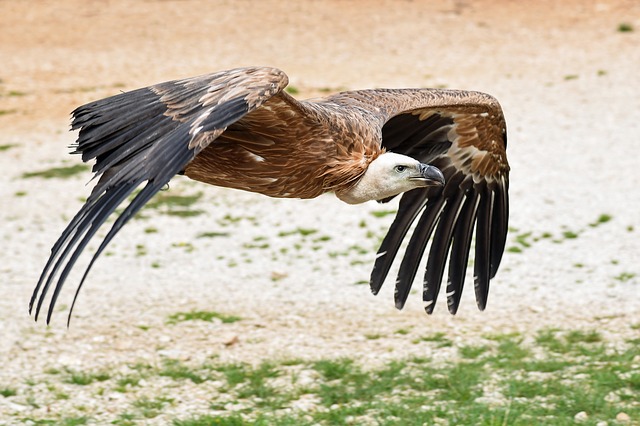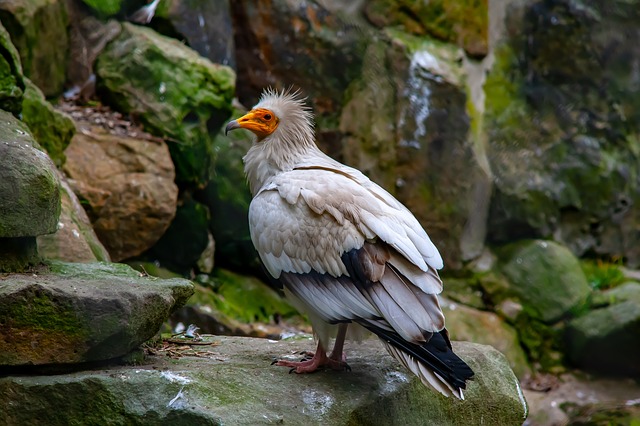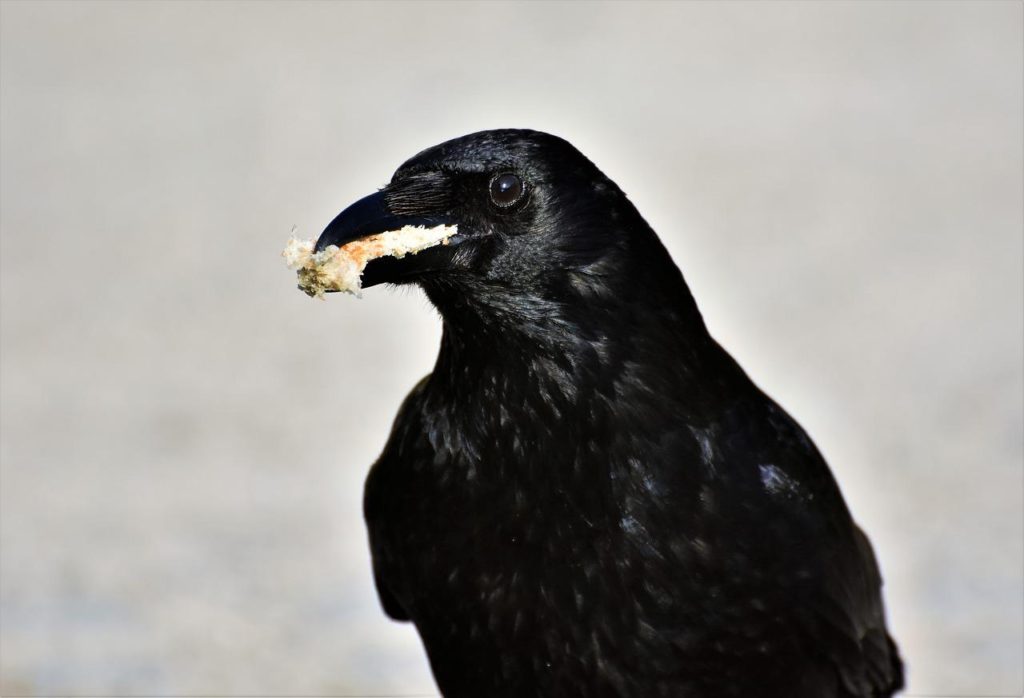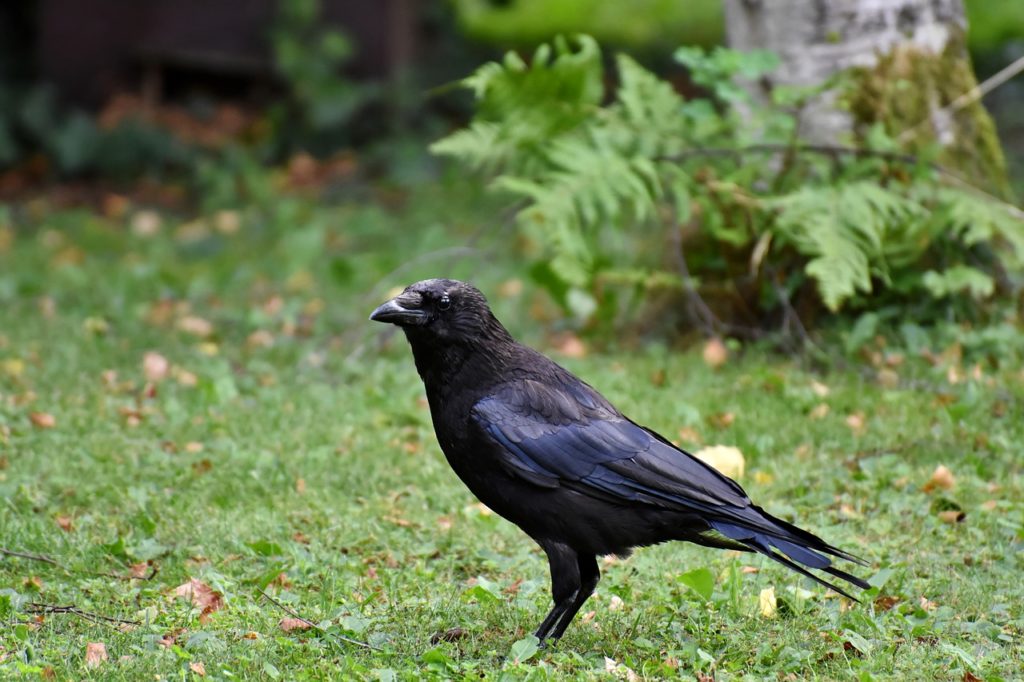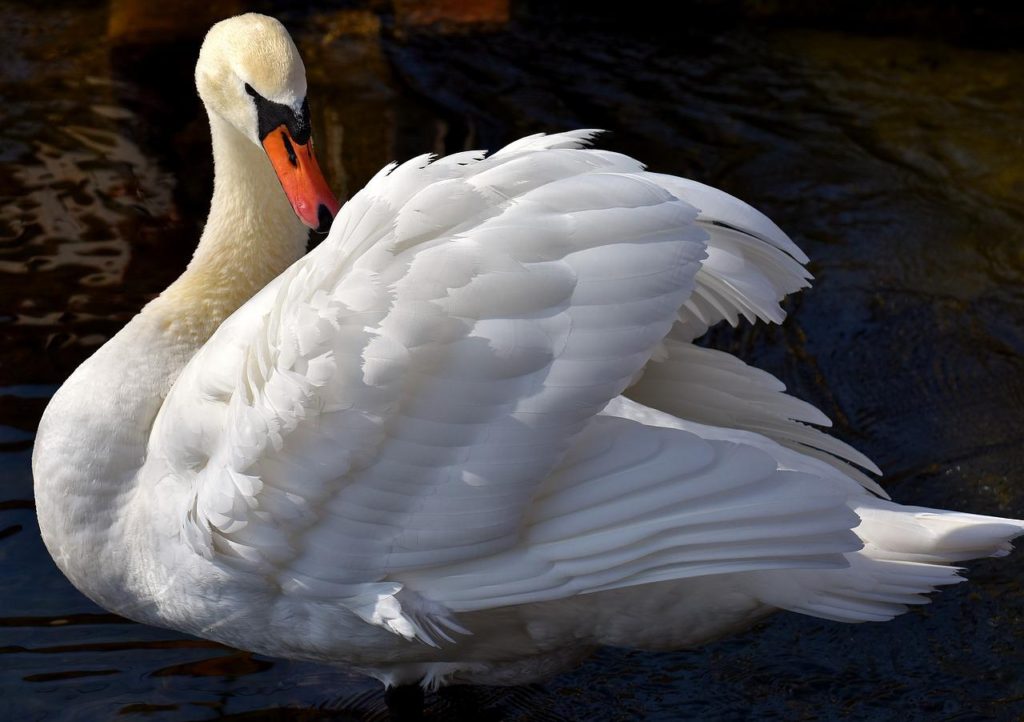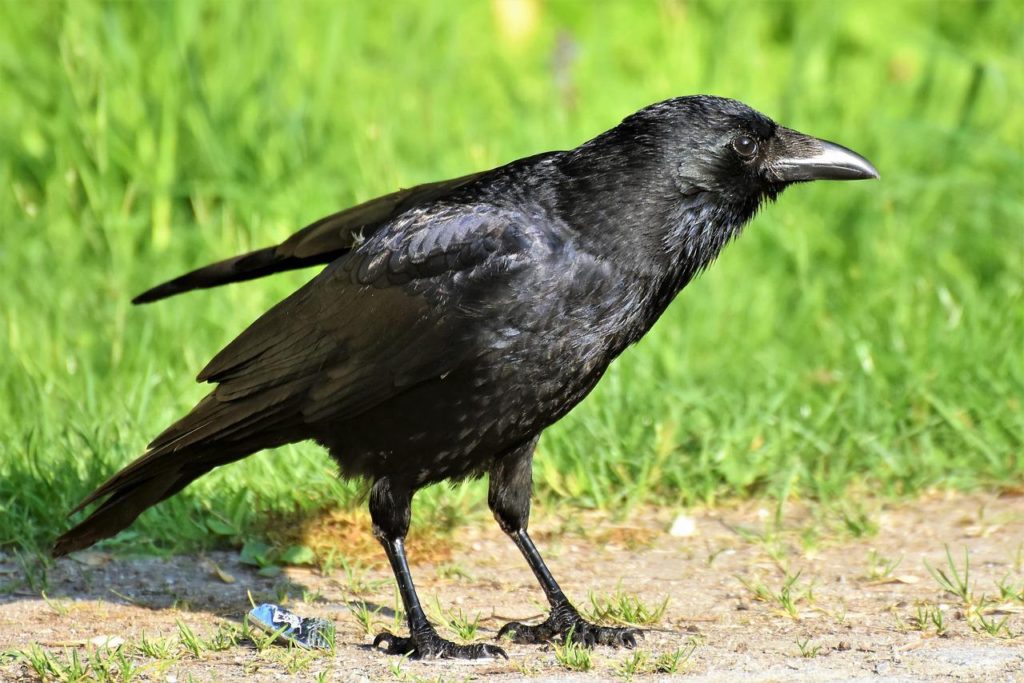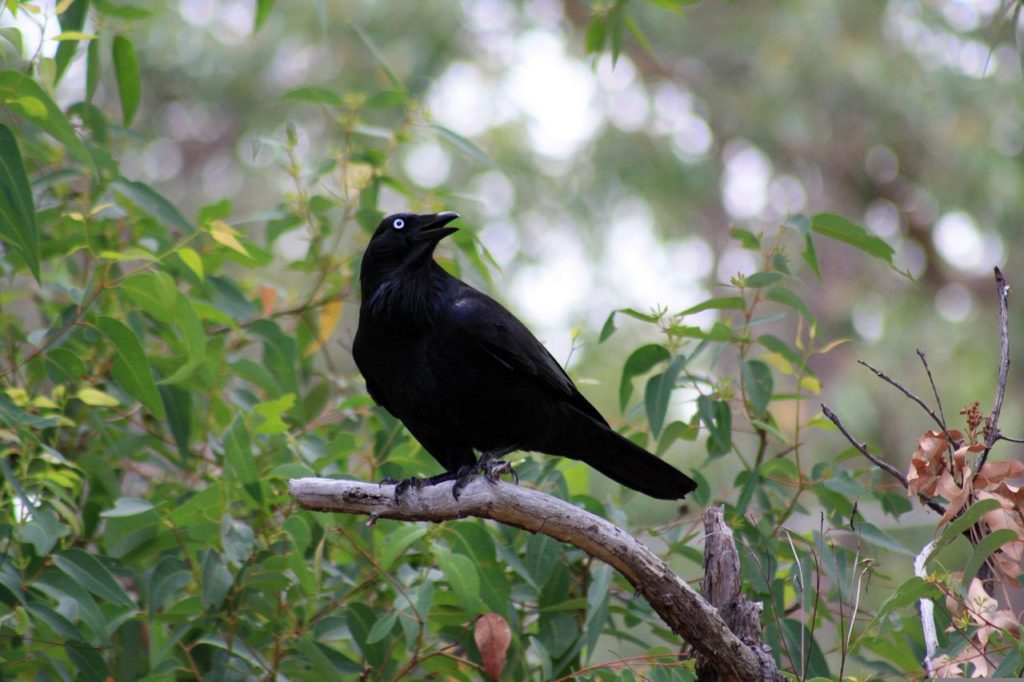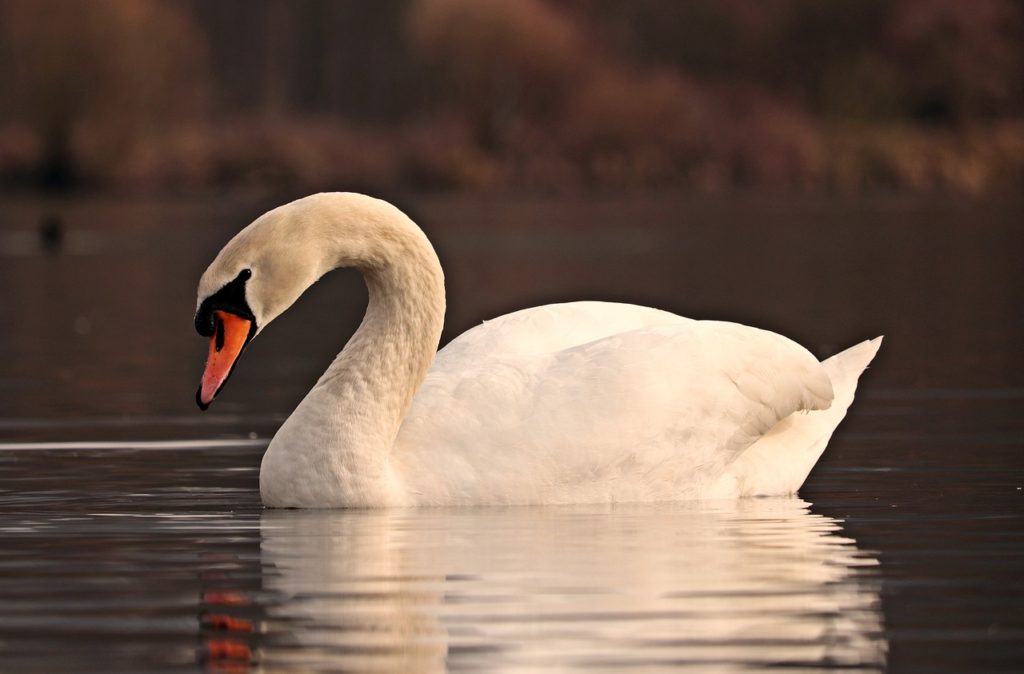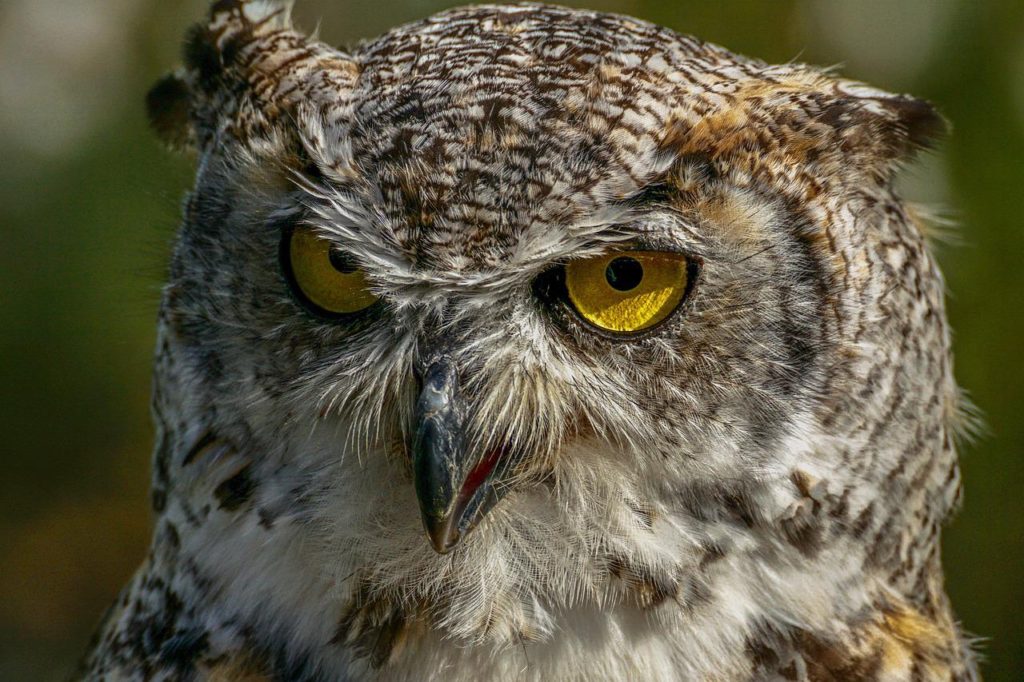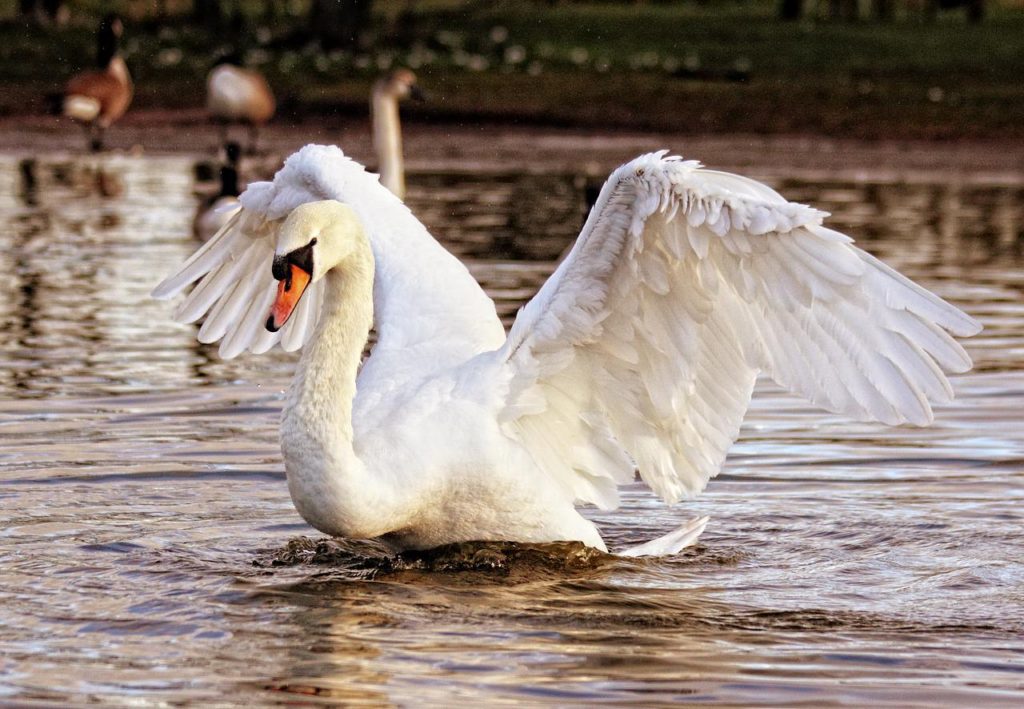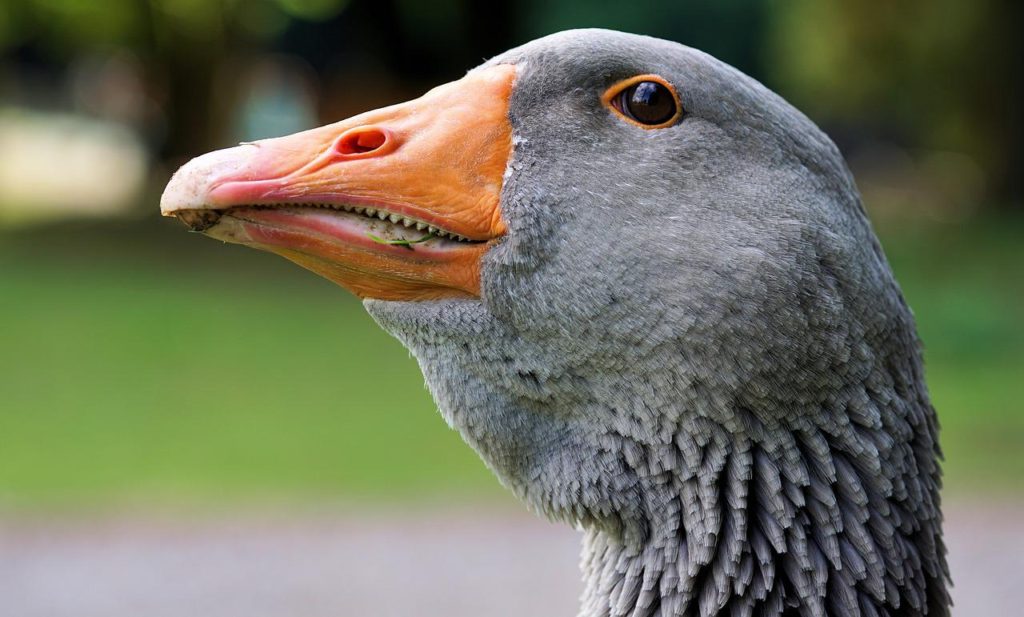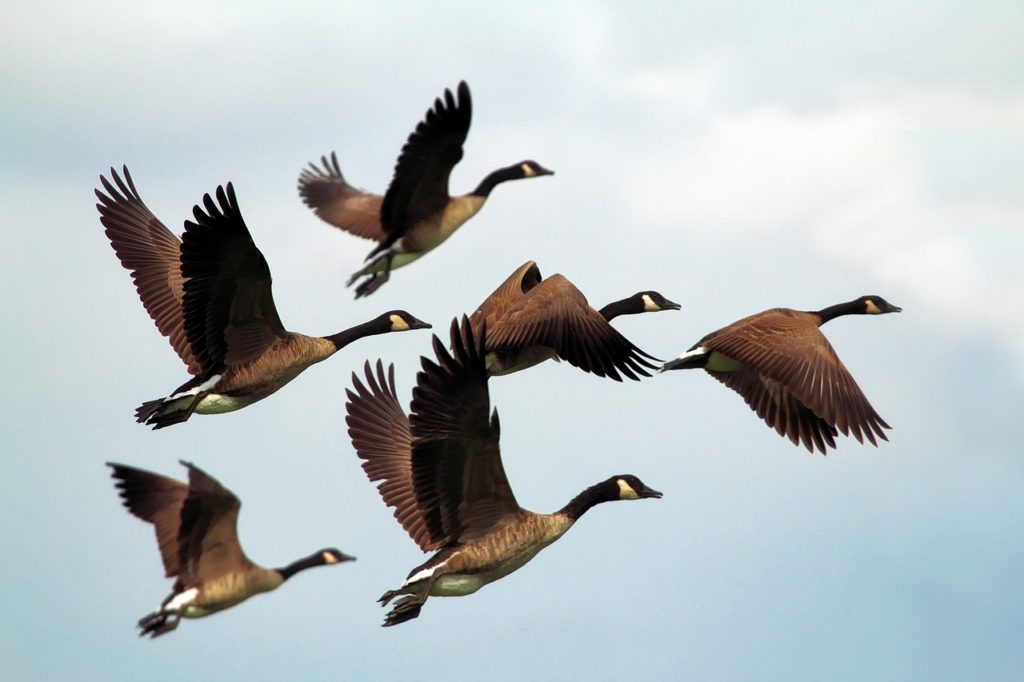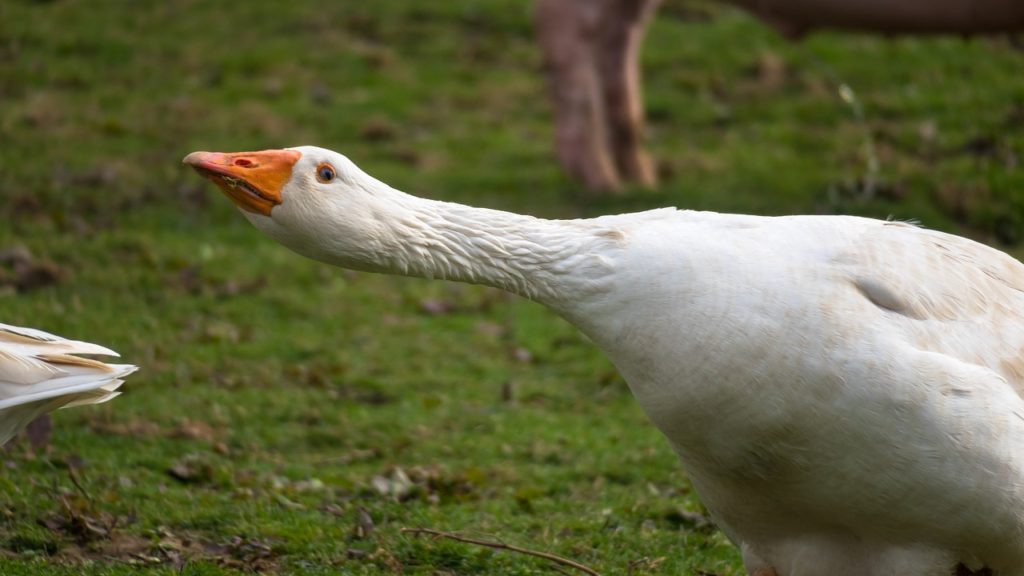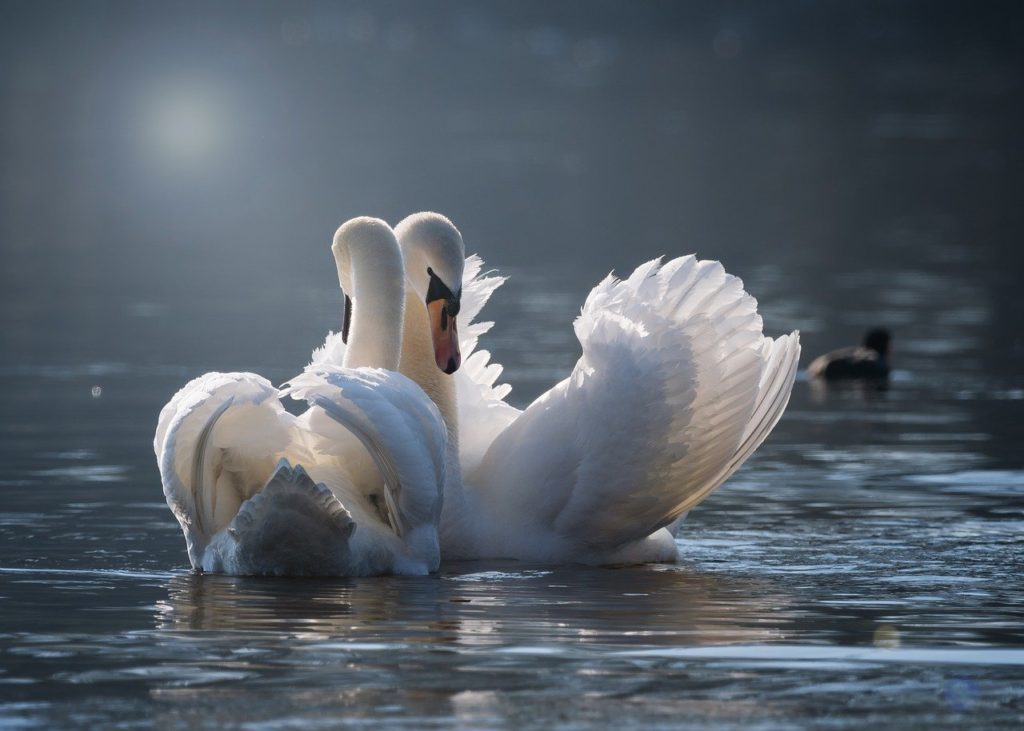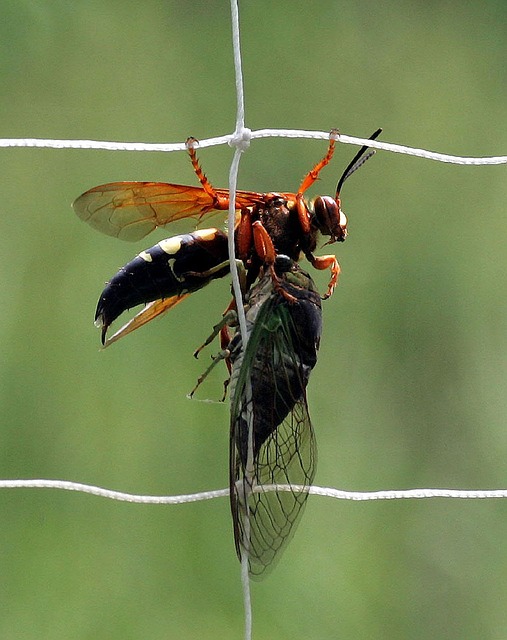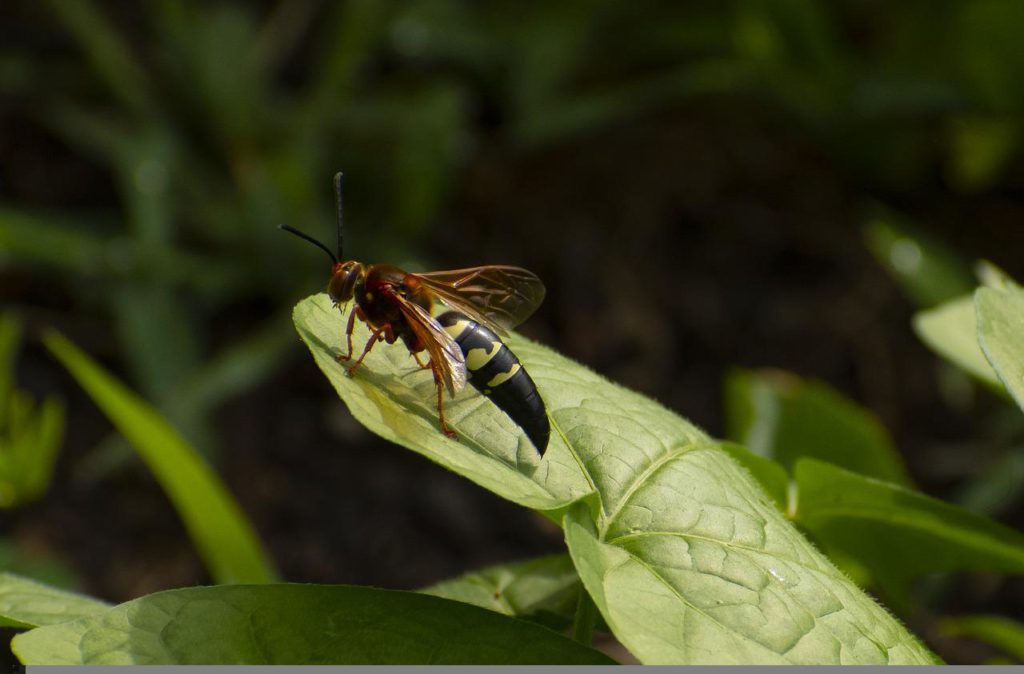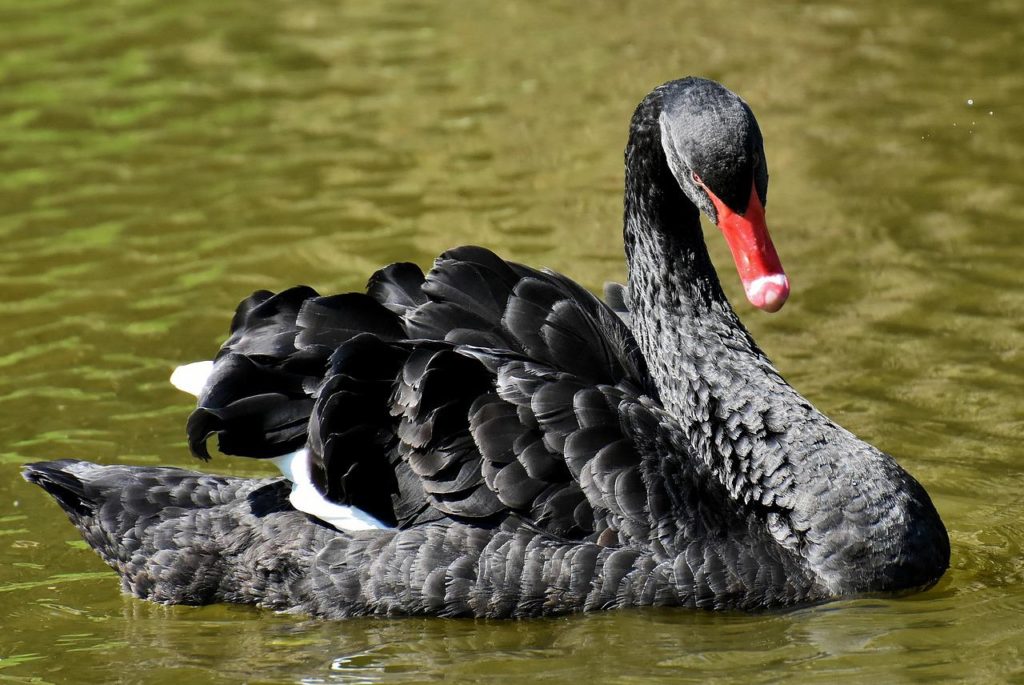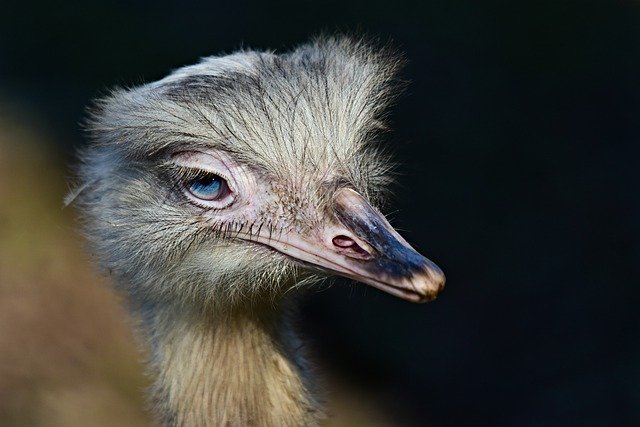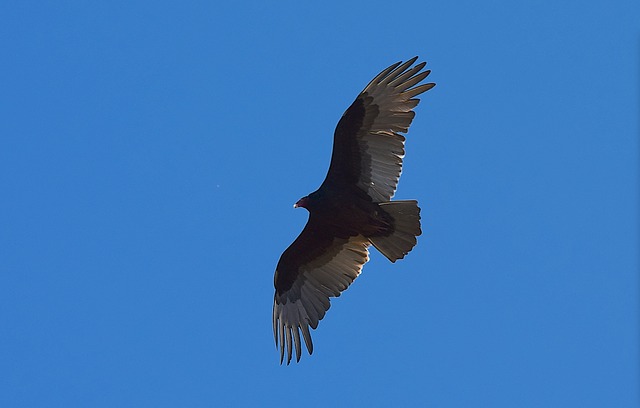
Vultures may not be known for their good looks however they do play an incredibly important role in the food chain and when it comes to preventing disease. There are many other interesting things you’ll want to know about these often misunderstood birds as well. So here are some of the most amazing vulture facts.
The Largest Vulture Is The Andean Condor
The Andean condor is a huge bird and is considered to be the largest vulture species. Its wingspan can reach close to an astounding eleven feet wide. These huge birds use their wide wingspan to help them glide on top of air currents which uses less energy than flapping their wings. The Andean condor also happens to be the heaviest flying bird in the world.
They’re Not Really Buzzards
It’s not uncommon to hear vultures referred to as buzzards. The turkey vulture in particular is often called the turkey buzzard, and the black vulture is called the black buzzard. However, vultures are not buzzards.
Buzzards are actually several species of hawks from the genus Buteo which are found in Europe, Asia, and Africa. When early colonists came to North America the vultures they saw looked similar to the buzzards they were familiar with and the name stuck. It is still commonly used although technically incorrect.
Vultures Have Highly Corrosive Stomach Acid
Vultures often eat rotting carcasses that are infected with dangerous bacteria. However, their stomach acid is extremely corrosive. This kills the bacteria, allowing the vulture to feed on carcasses infected with deadly bacteria without becoming infected themselves.
Vultures Function As Nature’s Cleanup Crew
Vultures play a vital role in the food chain. As scavengers, they help to eliminate the carcasses of dead animals. And in addition to cleaning up, this also helps to stop the spread of harmful bacteria and diseases that could have potentially spread to humans for instance anthrax and rabies. This is one of the vulture bird facts many people are surprised to hear considering the vulture often has a bad reputation.
Vultures Are Classified Into Two Main Groups
There are two main groups of vultures: the Old World vultures and the New World vultures. The two groups are not closely related. Old World vultures are found in Africa, Asia, and Europe and belong to the family Accipitridae. In contrast, New World vultures are found in the Americas and belong to the family Cathartidae.
The Hooded Vulture Is The Smallest Vulture Of All
The smallest vulture species is the hooded vulture. Found in sub-Saharan Africa it is about the size of a crow with a wingspan of around five feet. It has a pinkish-white head with a grey or black, “hood.”
New World Vultures Have Weak Feet
One of the main differences in the physical characteristics of the New World and Old World Vultures is their feet. The New World vultures have weak flat feet which cannot be used to grasp and are often compared to the feet of a chicken. In contrast, Old World vultures have strong feet with sharp talons which help them to feed on large animals with thick hides, although they are not suited for catching live prey.
Vultures Have Excellent Vision
Vultures spend much of their time soaring high above scanning the ground for potential meals. They, therefore, have top-notch vision. Some vulture species such as the turkey vulture also have an amazing sense of smell. One of the most interesting facts about turkey vultures is that they have the largest olfactory system of any bird. This gives them the ability to actually locate food by smell alone.
Most Vultures Have A Crop
To help them go through periods of time without eating, most vultures have a large pouch or crop in their throat. They use the crop to temporarily store food. When there is an abundance of food, they will gorge themselves causing their crop to bulge. And when disturbed by a threat they will empty their crop by vomiting to help them lighten their load and take off as quickly as possible.
A Group Of Vultures Is Called A Committee
One of the lesser-known vulture facts is that what you call a group of vultures depends on what they are doing. When they are resting in a tree or on the ground they are called a committee. A group of vultures in flight is known as a kettle. And a group of feeding vultures is called a wake.
Start Shopping for Birding Supplies!
What Do Crows Eat?
With roughly 40 different species, crows are a common sight in most places around the world. And while most of us are familiar with their appearance and harsh vocalizations, their diet is not as obvious. So what do crows eat? Here's what you'll want to know. What Do...
What Are Crows Good For?
Crows are widely considered to be pests. However, these large and highly intelligent black birds actually serve quite a few important functions in the environment. So what are crows good for? Here's what you'll want to know. Pest And Parasite Management Crows are...
How Long Do Swans Live?
Swans are graceful and beautiful creatures and as such, people have many questions about them. They want to know about their mating rituals, their diet, their preferred habitats, and even their lifespans. How long do swans live for anyway? Swan lifespans actually vary...
Are Crows Good Pets?
People all around the world see and hear crows on a daily basis. Although these intelligent and dark birds are practically ubiquitous, most people don't think of them as being household pets. Are crows good pets? The general consensus is that crows do not make...
Are There Crows In Australia?
Crows are remarkably smart birds that also happen to be extremely adaptable. They navigate unfamiliar circumstances via observation and interaction. Crows reside in locations all over the globe. While they do not live in certain parts of South America, they do reside...
What Do Swans Eat?
Swans are famously long-necked birds that are symbols of romance, love, beauty, and purity. Since these waterbirds have so many admirers, people often wonder about their eating habits, behaviors, and more. What do swans eat, anyway? Swan Basics Swans typically live in...
Birds That Look Like Owls
Owls are typically solitary and mainly nocturnal birds. And although these well-known hooting creatures have a rather distinctive physical appearance, there are actually various other kinds of birds that resemble owls closely. And people sometimes mix them up. So...
Why Are Swans Protected?
Swans are graceful and gorgeous creatures. They also happen to have protection in the United Kingdom, interestingly enough. Why are swans protected there, anyway? And does the Queen own all the swans? Yes, she actually owns any mute swans that are unclaimed in both...
Birds With Teeth
Birds do not have teeth. However, there are quite a few that really look like they do! These birds have evolved special beaks which help them to perform important functions. So here are some of the most amazing birds with “teeth,” and what you’ll want to know about...
Do Geese Fly?
Although geese are clearly birds, there are many individuals who do not necessarily associate them with flying. So, do geese fly? The honest answer is that these waterfowl do. They do not exactly slouch in the flying department, either. Many people are pleasantly...
Are Geese Dangerous?
Geese, in brief, are waterbirds that are quite substantial in size. Since they're often spotted on golf courses, at schools, and in community parks, people understandably tend to wonder whether they're safety threats. Are geese dangerous? Why Geese Attack...
Do Swans Mate For Life?
Swans are famously elegant waterbirds that are known for their sizable bodies, webbed feet, and lengthy necks. People often associate them with romantic imagery and monogamy. Do swans mate for life? You can find the response to that common and rather fascinating...
When Do Cicada Killers Come Out?
Whether you dread them each year or are waiting for them to emerge and control the cicada population you may be wondering, “When do cicada killers come out? The answer is they come out each summer in late June or July. Here’s what you’ll want to know. Cicada Killer...
Are Cicada Killers Dangerous?
One look at one of these huge wasps buzzing around, your yard, and it’s only natural to ask, “Are cicada killers dangerous?” Fortunately, these wasps are mild-mannered. But here’s what you’ll want to know. Cicada Killer Wasps Basics Cicada killers emerge from the...
What Are Black Swans?
What are black swans? Black swans (Cygnus atratus) are sizable waterbirds. This species primarily appears in Australia's southwestern and southeastern portions. The black swan is nomadic in its homeland. This bird, true to its name, is mostly black. Although the bird...
What Do Cicada Killers Eat When There Are No Cicadas?
What do cicada killers eat when there are no cicadas? Well, while cicada killer wasps do hunt cicadas, the adults don’t actually eat them or kill them, their young do. Read on to learn more! The Cicada Killer Diet While you may have seen cicada killer wasps flying...
Do Cicada Killer Wasps Sting?
As one of the biggest species of wasp in North America the cicada killer wasp can be intimidating. And because of their size, appearance, and scary-sounding name, many people wonder, “Do cicada killer wasps sting? The answer is yes and no, and here’s what you’ll want...
Emu Facts
Did you know? One emu egg can make an omelet that can feed up to six adults. Did you know that the emu is the only bird with calf muscles? Can an emu walk backward? Let us find out by exploring some of the most jaw-dropping emu facts. Emus Have Amazingly Powerful Legs...
Rhea Facts
Doting dads, did you know the male rhea builds the nest, incubates the eggs, and takes care of the young? The rheas are paragons of parental care. It’s a bird like no other, and you will be surprised by the following rhea facts. Rheas Are One Of The Best Dads In The...

